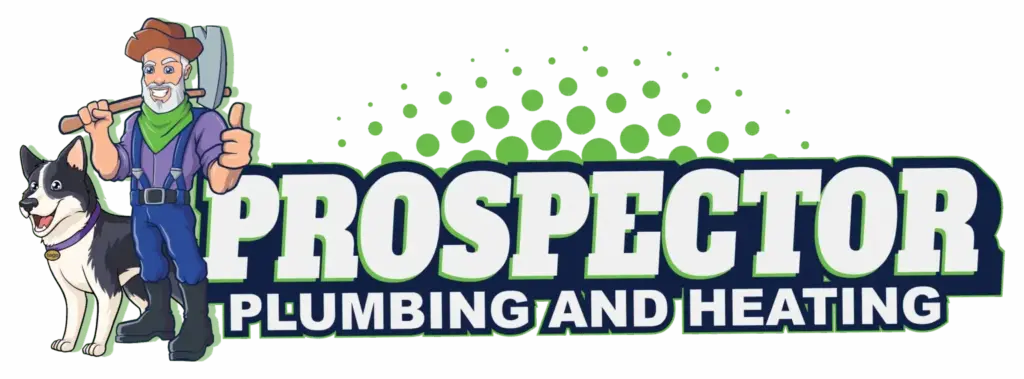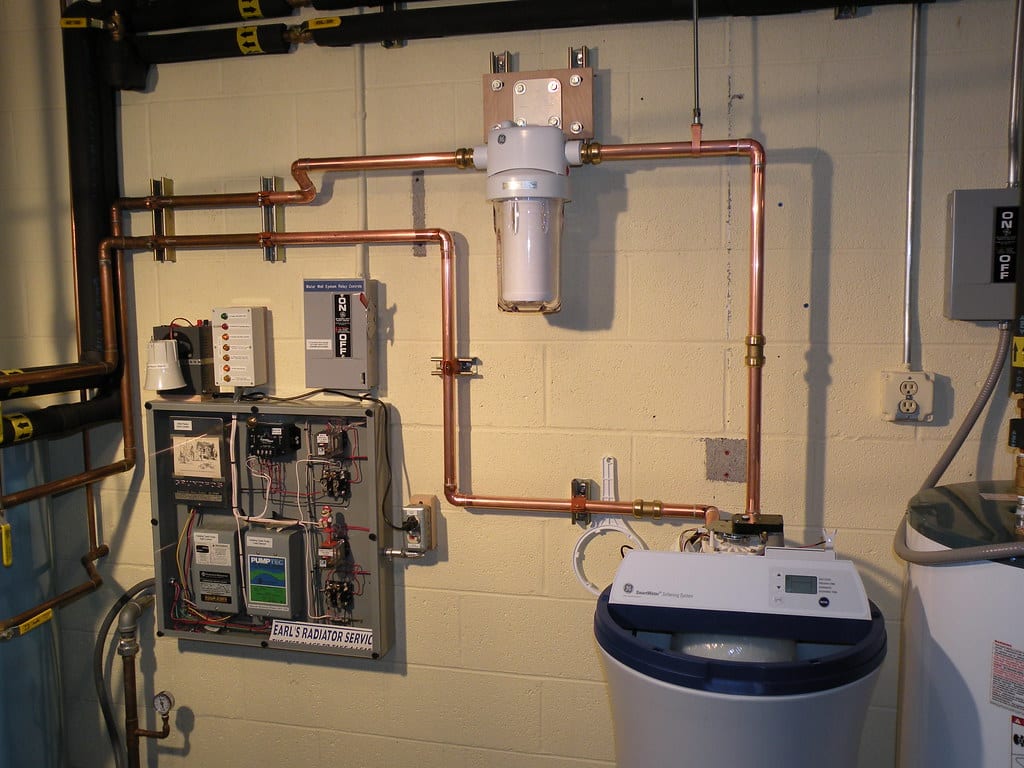Even though fresh, clean water is essential to our daily lives, it’s not always easy to come by. Hard water poses a problem for many homeowners because its minerals make it difficult to wash and even drink.
Hard water contains higher amounts of calcium and magnesium than soft water. These minerals can leave spots on dishes and create a dingy appearance in sinks and tubs if they aren’t removed through filtration or other treatment methods.
Fortunately, there are several ways you can soften your water, so it’s easier on your skin and your home’s appliances. All systems will work better when installed correctly, but there are some differences between how each type performs depending on where you live.
In this blog post, we’ll discuss different kinds of water softeners, their benefits, and the various types of hard water problems that can be fixed with a water softener. Read on to learn more about all things related to water softeners and your home.
Types of Water Softeners
Salt-Based Water Softeners
A salt-based water softener utilizes a tank filled with ordinary table salt and potassium chloride, which reacts with the hardness minerals in your water to create a brine solution that flows into your plumbing system.
As it passes through, this brine mixture softens the calcium and magnesium ions, making them soluble and harmless for people, plants, and animals to consume.
This solution then gets flushed out of your system once it has done its job by running down through your drains or washing machine’s drain line into the septic tank or sewer line, where it can easily be flushed away safely.
While salt-based softeners are not as effective as salt-free systems, they can be used for homes with well water and municipalities that produce high levels of hardness in their source water.
Salt-Free Water Softeners
A salt-free water softener uses a series of high-powered magnets that react with hard minerals through an ion exchange process to remove hardness from the water.
The process relies on a resin bed that is filled with positively charged sodium ions and calcium sulfate (this chemical compound is called zeolite).
When hard water enters the system, some sodium ions in the resin bed are replaced with calcium ions. This causes the new resin bed to be harder than it was before and thus requires more energy to wash away any excess hardness.
Ion exchange water softeners have become very popular in recent years because they require less maintenance than their salt-based counterparts. However, they are also more expensive upfront due to their reliance on special resins that need replacing regularly.
This method is perfect if you live near an area where wells are located (where there may be high levels of calcium carbonate), because these systems do not require any chemical additives whatsoever.
Magnetic Water Softeners
Magnetic water softeners are a unique system that uses magnets to remove minerals from water. The process works by attracting the minerals to the magnet and then separating them from the rest of the water.
Unlike conventional systems, magnetic softeners use only half as much water as other systems, making them very efficient in terms of energy consumption and cost savings. They can be installed under your sink or on a wall in your laundry room or bathroom. Whichever location you prefer will depend on how much space you have available.
A magnetic water softener is ideal for households where multiple people share one sink. They’ll help the users maintain softer skin while reducing how much soap or shampoo gets wasted through excessive use. If you’re looking for an easy-to-soften water solution that doesn’t require any maintenance (or even electricity), this might be just what you need.
Reverse Osmosis Systems
Reverse osmosis systems use pressure to force water through a membrane that rejects contaminants. The water is then separated from the impurities, which are disposed of.
This system is often used for cleaning and purifying drinking water, but it can also be used in the home for making coffee. Reverse osmosis systems are very effective at removing particles from the water supply, including metals and minerals. They also remove chlorine and other chemicals that can affect taste and odor.
However, reverse osmosis systems require some maintenance since they need regular filter changing or replacement and disinfection (like adding bleach) to keep them clean and working correctly.
This is not a problem if you have access to city water, but may be problematic if you rely on well water or have well-water concerns about contamination or taste/odor issues.
Dual-Tank Water Softeners
A dual-tank water softener uses two tanks of salt to soften water. The first tank contains coarse salt, which is used to remove dissolved minerals, while the second tank contains fine salt, which prevents the build-up of scale.
The dual-tank system is more effective than single-tank systems because it uses two different types of salt, each for its own purpose. This means that you don’t have to worry about using a different kind of salt for each phase—the dual-tank system automatically does it all for you.
Contact Prospector Plumbing for Effective Water Softener Installation
As you can see, there are many options to choose from when it comes to water softeners. Each type has its own strengths and limitations and may be better suited for certain situations than others.
A salt-free system is probably your best bet if you’re looking for something that requires little maintenance or upkeep. If you want something more eco-friendly, then an RO system might be right up your alley.
No matter what softener you decide on, they all have one thing in common: they will require professional installation to get them working in your home.
Because of this, you need to hire Prospector Plumbing to install the system if you want a top-quality installation service. Call us today at (907) 322-5763 to speak to one of our industry specialists.


